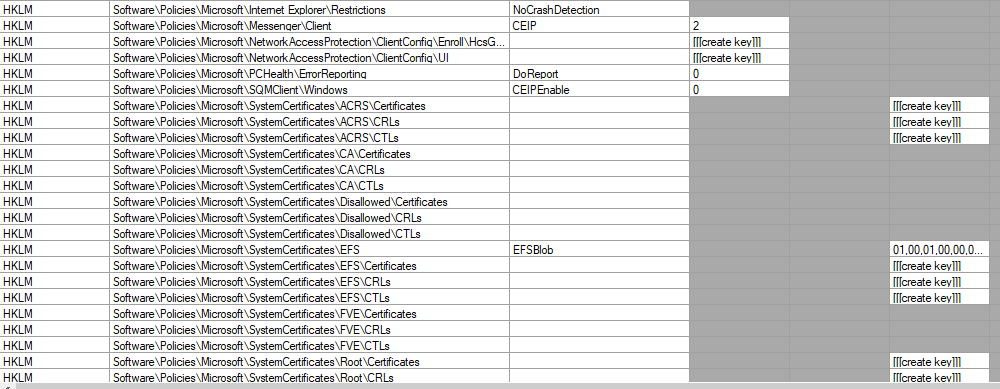
Hi there,
Policy Analyzer lets you treat a set of GPOs as a single unit thus making it easier to determine whether particular settings are duplicated across the GPOs or are set to conflict values. usually, it has policy group, type, settings, local registry, etc, but what you have indicated is new in Column & row. Can you add the image for clarification which would be helpful for the community to find it out.
Hope this answers all your queries, if not please do repost back.
If an Answer is helpful, please click "Accept Answer" and upvote it : )


